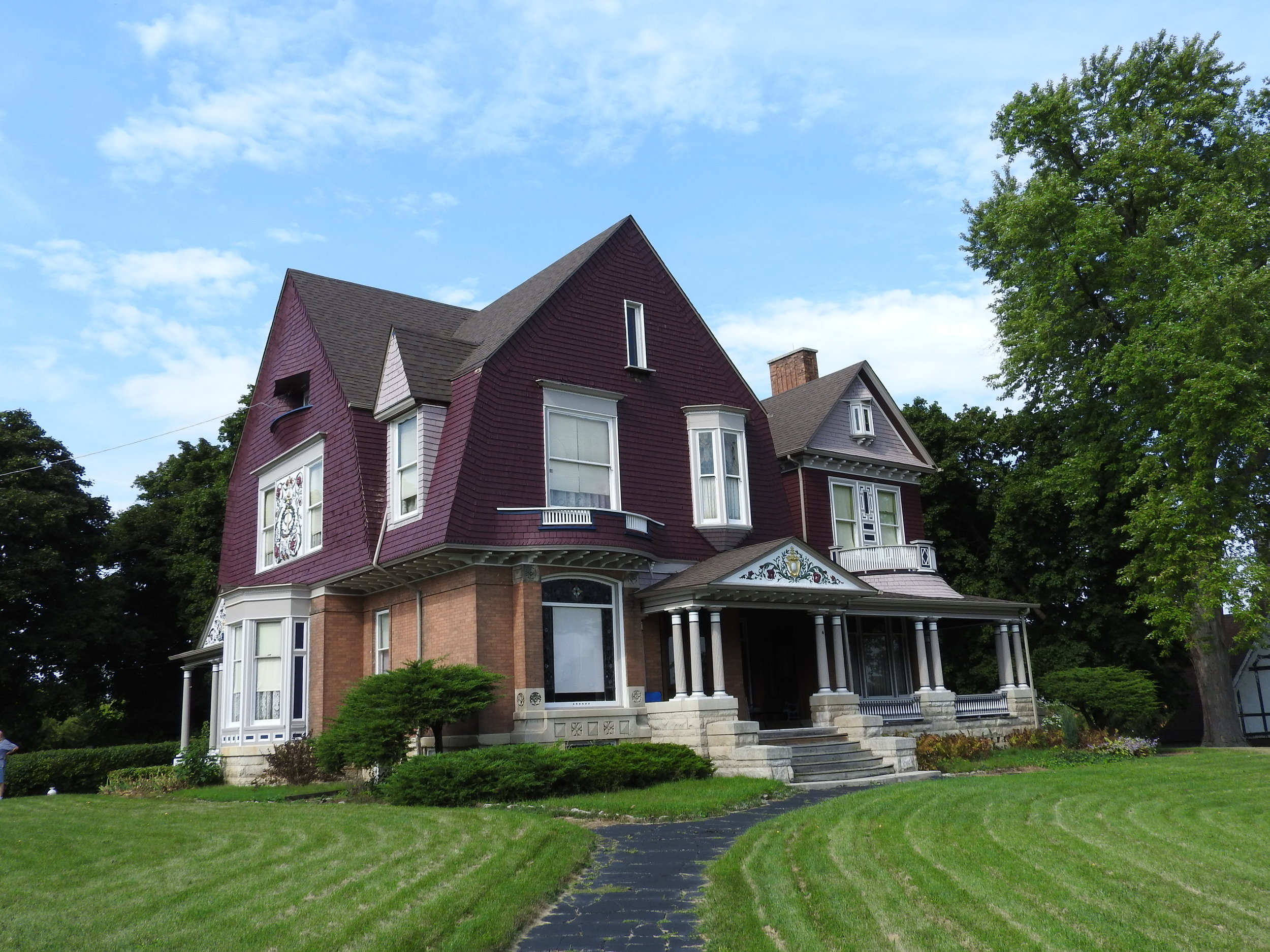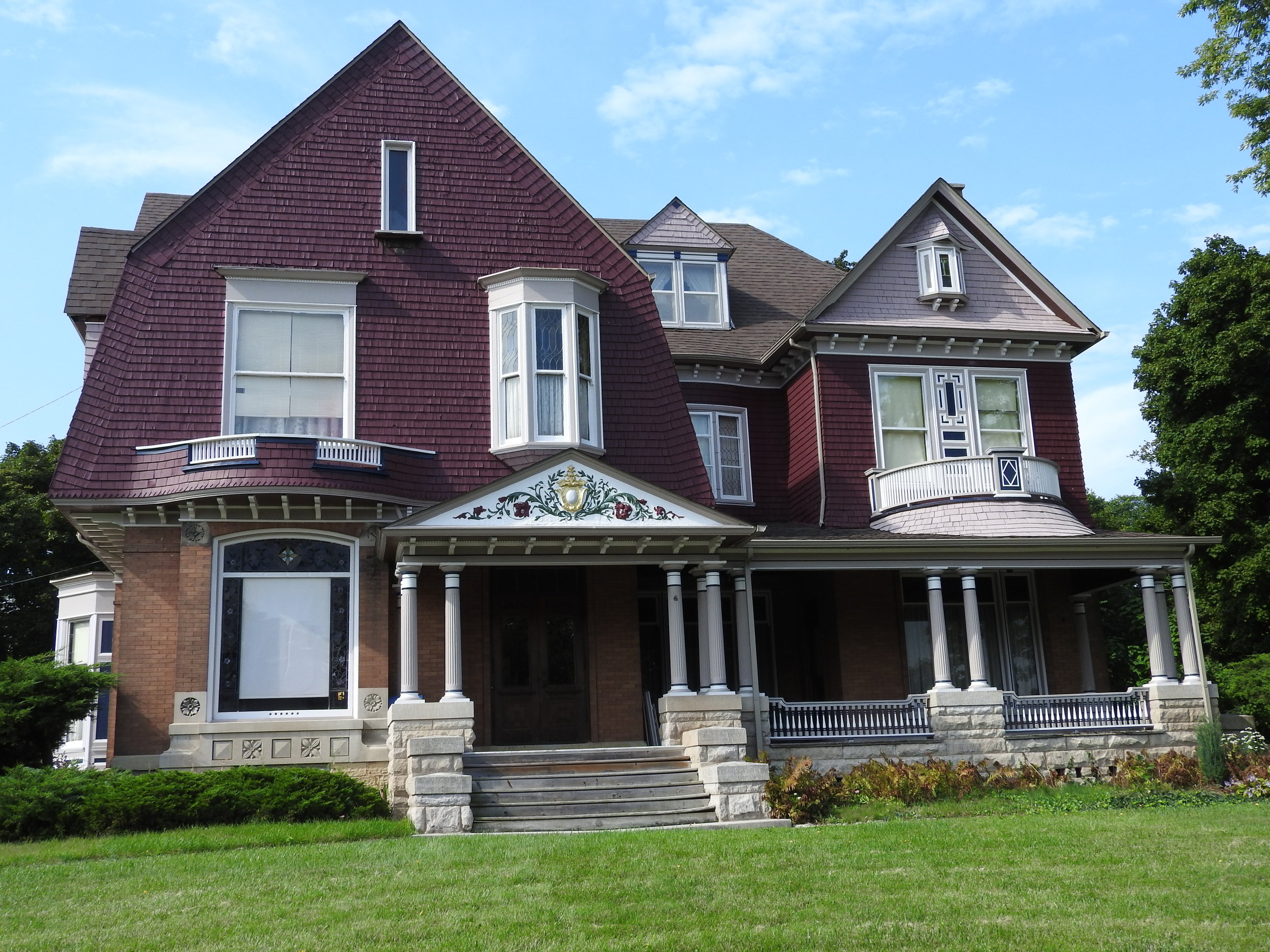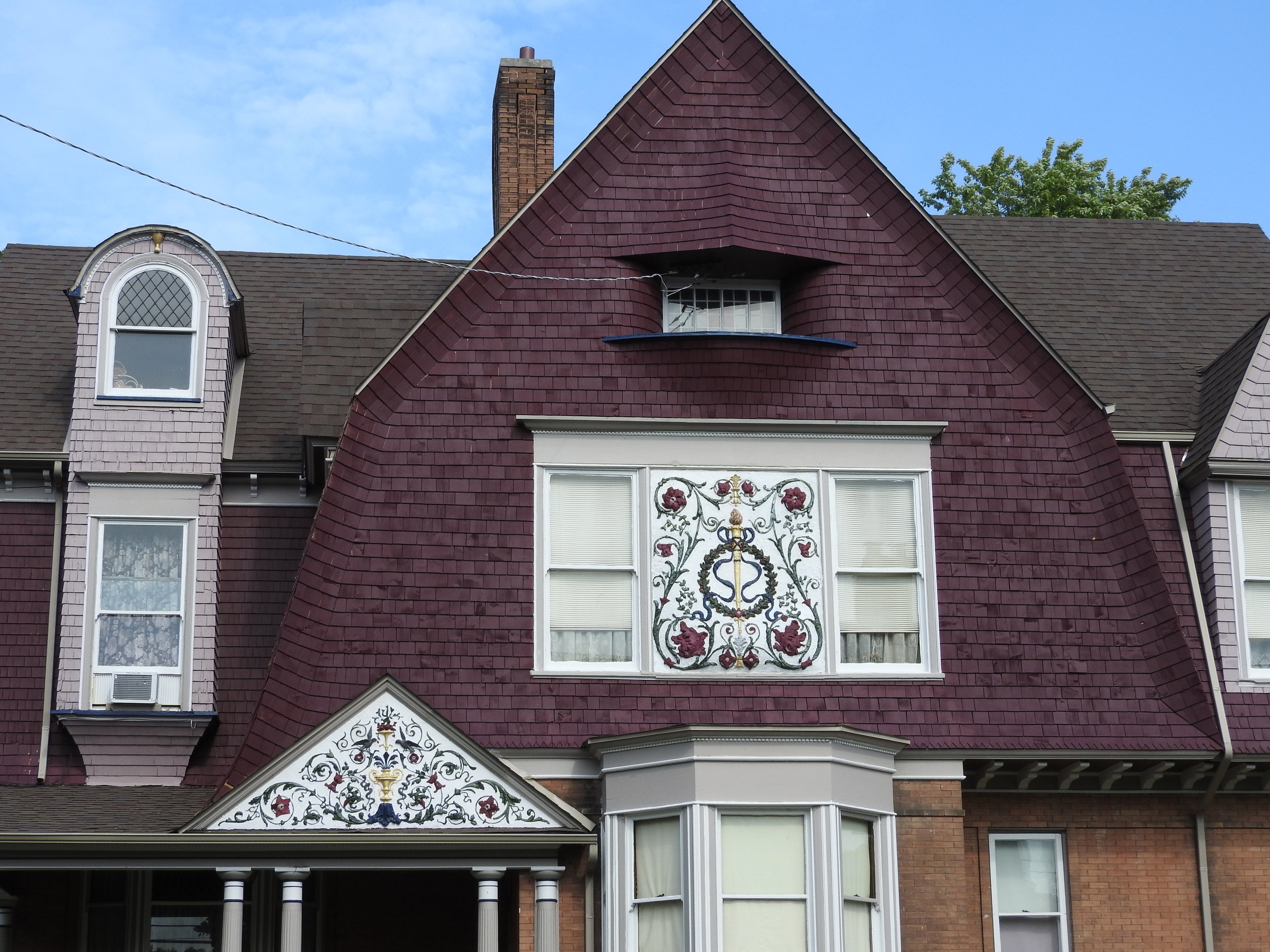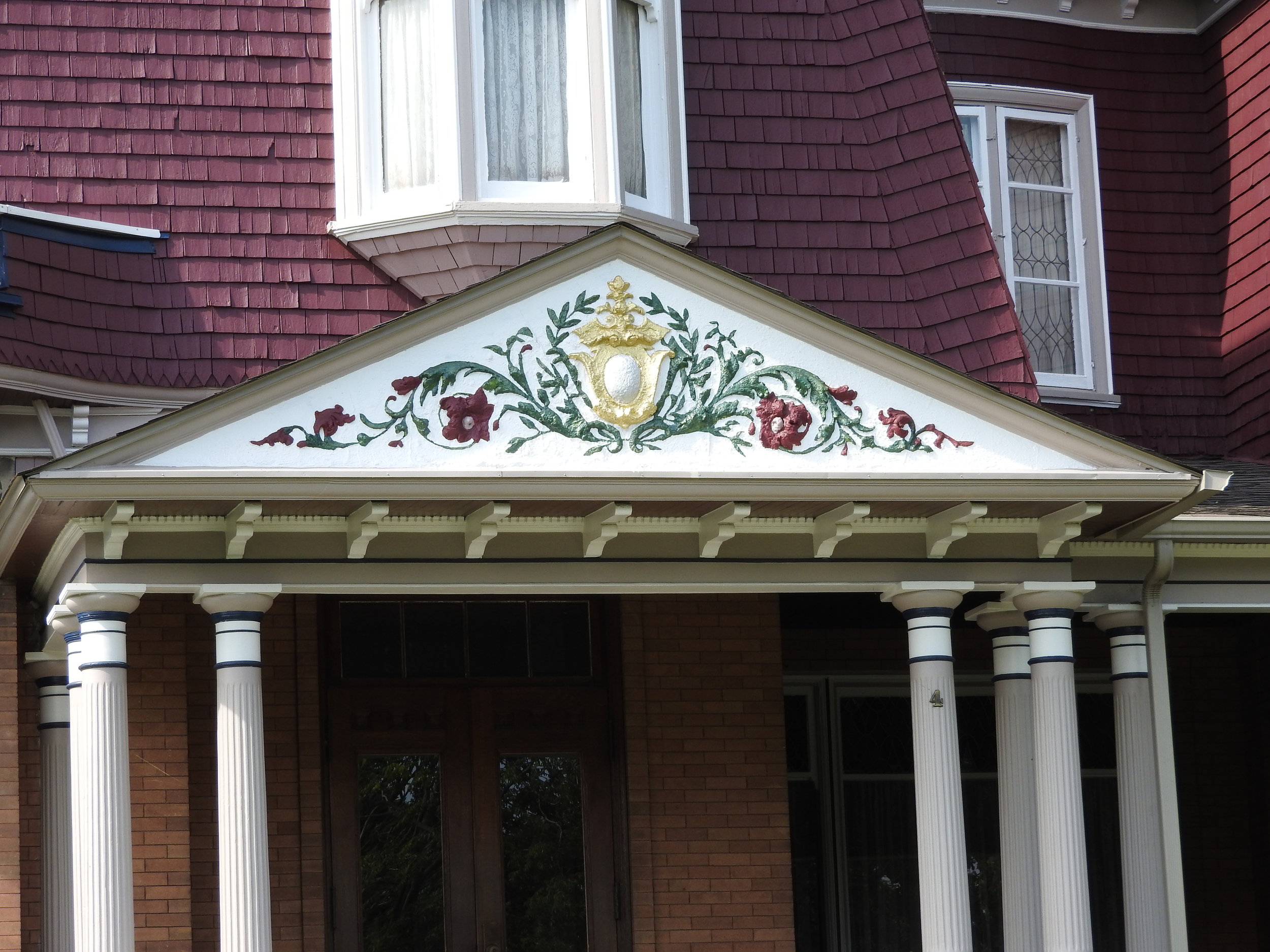4 N. JACKSON STREET
HISTORIC SIGNIFICANCE
4 N. Jackson Street was built in 1875 for John Ranstead, a wealthy attorney and judge. Ranstead was a “local” having been born at Udina, Illinois, just west of Elgin. He was well educated and graduated from the law school of the University of Michigan in 1866. He returned to his home area of Elgin to practice law and became a Judge in the Kane County court system. He was an active Democrat in a “bulwark of Republican strength,” where he was held in high regard by both political parties. He retired as judge in 1882 and focused on his law practice, specializing in real estate loans. He was a member of the Universalist Church, a member of the public library board, a city water commissioner and was a Mason. His first wife, Eugenia, and he had a daughter, Janet, who married Charles Lehmann in 1899. Ranstead held his law office in 43 DuPage Court along with Charles Lehmann.
From about 1946 to 1974, this home served as the Hillcrest Convalescent Home, until it was returned to use as a single family home.
ARCHITECTURAL SIGNIFICANCE
4 N. Jackson Street is an excellent example of a Shingle Style home that enjoyed popularity from the later 1870s until around 1910. The home, originally built in the Italian Villa style was redesigned in 1897 by noted Elgin architect W.W. Abell to the current Shingle style we see today.
The home does not boast much adornment as seen in most 19th century styles that preceded it, however, it over emphasizes its complex shape with undulating roof planes, unique dormer shapes and, of course, its textured shingle wall surface. Ornate detailing on this home is used sparingly, however, can be found as a floral motif at the porch pediment at the south and east elevations as well as the second floor window panel at the south elevation. The classical, Doric columns found at both porches are also a typical design feature found on the Shingle Style. The cross-gambrel roof shape is typical amongst 25% of Shingle Style homes to give an appearance that the home is one-story.
Sources: Gifford Park Association; Audio: TextAloud







